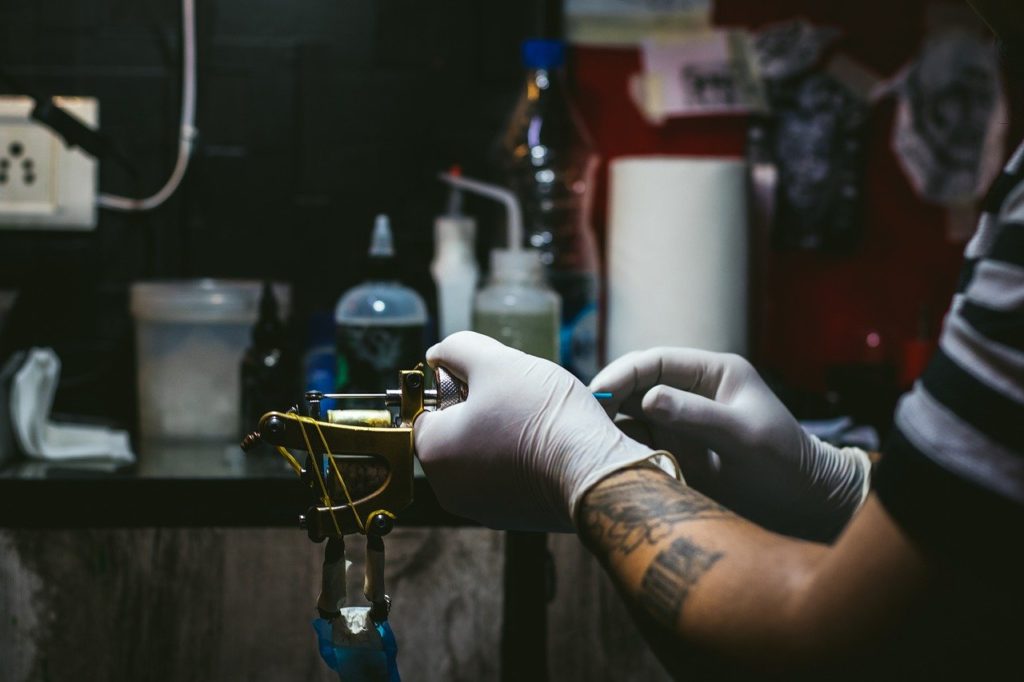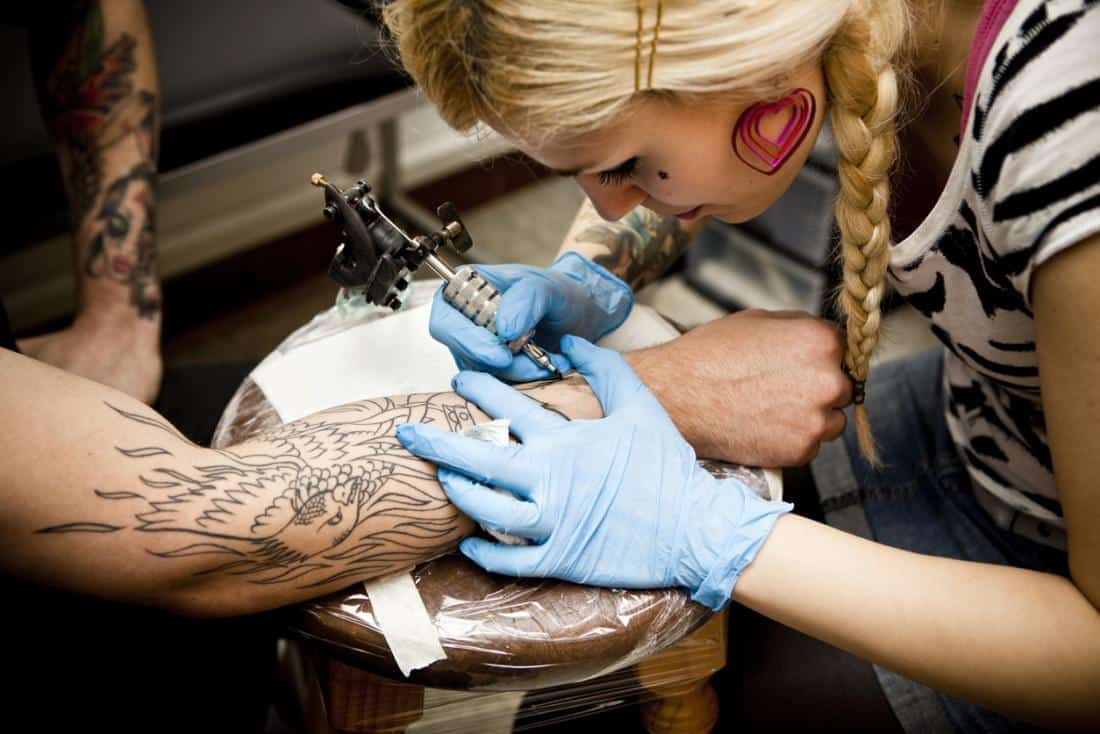It’s bound to happen. An estimated 145 million Americans have tattoos. When that many are served, occasionally someone is going to pull away from the drive-thru with a fish sandwich when they ordered a cheeseburger.
Polling suggests 19% of those getting tattoos regret the decision. Even though 2% of those inked go through the removal process, that’s still nearly 3 million people looking to erase an ostensibly permanent decision.
Avoiding Regrets
If you want to dodge the removal walk of shame, carefully consider the basics:
- What tattoo are you getting? Some people want art. Some want to memorialize an important date, person or belief. No one answer to this question fits everyone. Though you might want to be able to answer one question for yourself: Why am I getting this? If the answer brings a sense of calm, go for it.
- Where are you putting it? Do you want people to see it? Do you want it to be discreet? Amazing, but for select eyes only? Your answers will dictate the location, and location often dictates size. It also dictates what the experience will feel like. Meaty spots such as thighs and upper arms are suggested for first-timers uncertain about their pain tolerance. Areas such as the fingers, feet, ankles, spine, forehead, and neck will be much more sensitive.
- Where are you getting it done? Shops should be licensed and super clean. Shop personnel should be professional and have a standardized after-care plan for your tattoo while being able to accurately discuss rates, equipment, inks and sanitation practices. A preliminary phone call to set up a consultation can give you a good vibe.
- By whom? You’re going to have recommendations from friends — and seeing the work they’ve gotten will immediately tell you if you want to listen to them. Beyond that, look for an artist who understands your passion, is comfortable with the style you’ve chosen, can show you a portfolio and discuss every step of the process — from the artist’s gear to your skin.
Doing the Deed
Once you’re set for your appointment, remember:
- No aspirin or ibuprofen for 24 hours before your appointment (they thin the blood).
- Wear something that leaves the area to be tattooed uncovered or easily accessible.
- Show up early and plan on tipping 20%.
- Keep moving the stencil until you’re happy with the placement.
Yes, it’s going to hurt. A little, or not at all, if you have good pain tolerance and you’ve picked a meaty location. More if you’re doing areas where the skin is tight and backed by little muscle.
When it comes to pain, various techniques and locations produce sensations ranging from scratching to stinging to burning. Meditative breathing techniques help, and never be afraid to ask the artist to find a stopping point if you need to regroup.
If It Goes Wrong
You can cover a bad tattoo with another tattoo, but you’re running the same risk again — albeit with hard-won experience. Or a doctor can remove it surgically, if the tattoo is small enough and there’s enough surrounding skin. Dermabrasion is another option, though costly and with a lengthy list of aftercare procedures.
Or you can opt for laser removal. Points to consider:
- It will take time. Figure on at least eight sessions with six-plus weeks between each.
- It’ll cost you. In 2016, the average cost of tattoo removal was $463 per session.
- The facility and practitioner matter. Like shopping for a tattoo parlor and artist, you should consider reputation, professionalism, cleanliness and recommendations. Also, know that certain lasers work better for certain colors, so ask.
- Maybe you can edit. Lasers are precise. A misspelling or a crooked smile can be eliminated and corrected.
Think Twice
Remember, health conditions such as eczema or herpes can make tattoo removal difficult. Simply having dark skin makes it harder. Removal may include bleeding, blistering, and swelling with each session. Scarring could occur.
Think carefully before getting a tattoo — and more carefully should you decide you no longer want it. Removal options vary widely in cost, effectiveness, and recovery time. For a great tattoo removal technique, check out Zapatat, a superior tattoo removal designed to be more accessible, safer, and pleasant.

